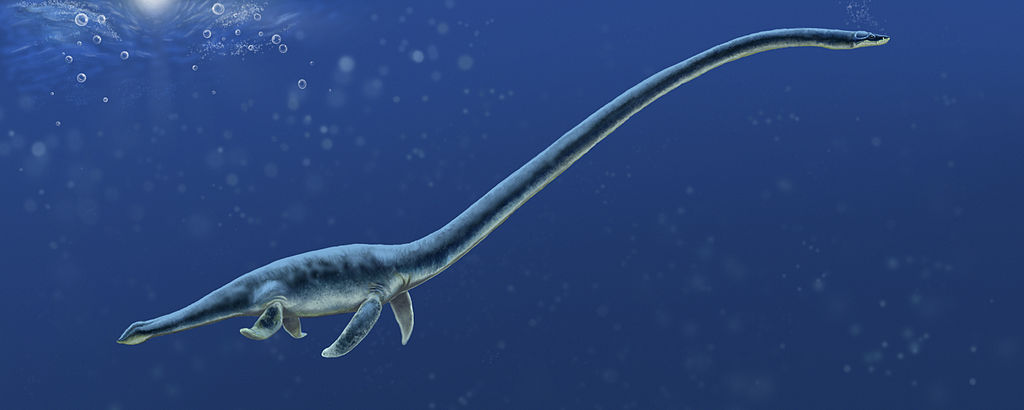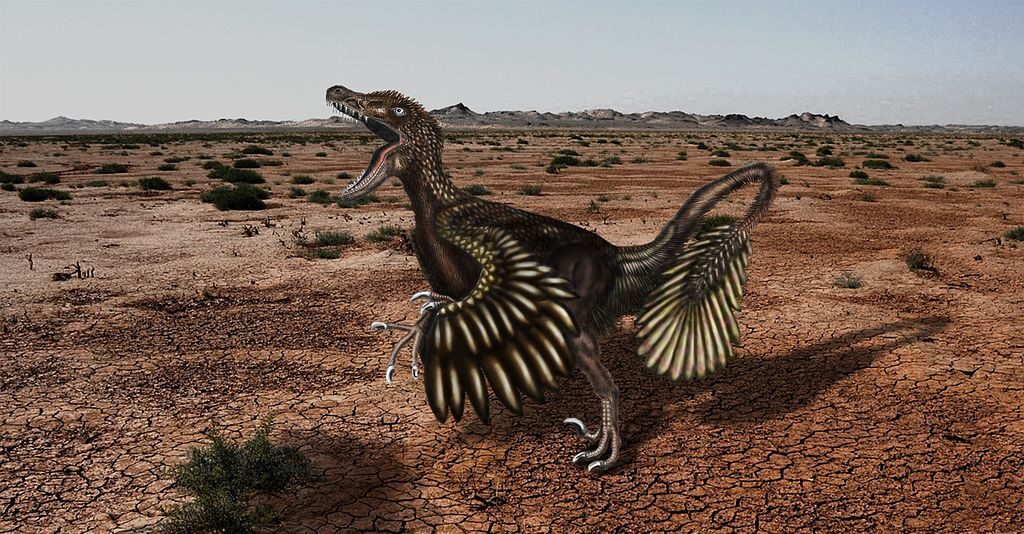The world of paleontology is filled with amazing discoveries, but it’s also packed with spectacular mistakes. Imagine spending years studying fossils only to realize you put the head on backwards or mixed up completely different animals. These blunders remind us that science is a journey of constant correction and discovery.
What makes these errors so fascinating isn’t just their scale, but how they shaped our understanding for decades. Some of these mistaken reconstructions became so popular that they’re still hard to shake from public imagination. From famous dinosaurs that never existed to creatures built like bizarre puzzles, let’s explore five incredible cases where scientists got it spectacularly .
Brontosaurus: The Famous Dinosaur That Never Was
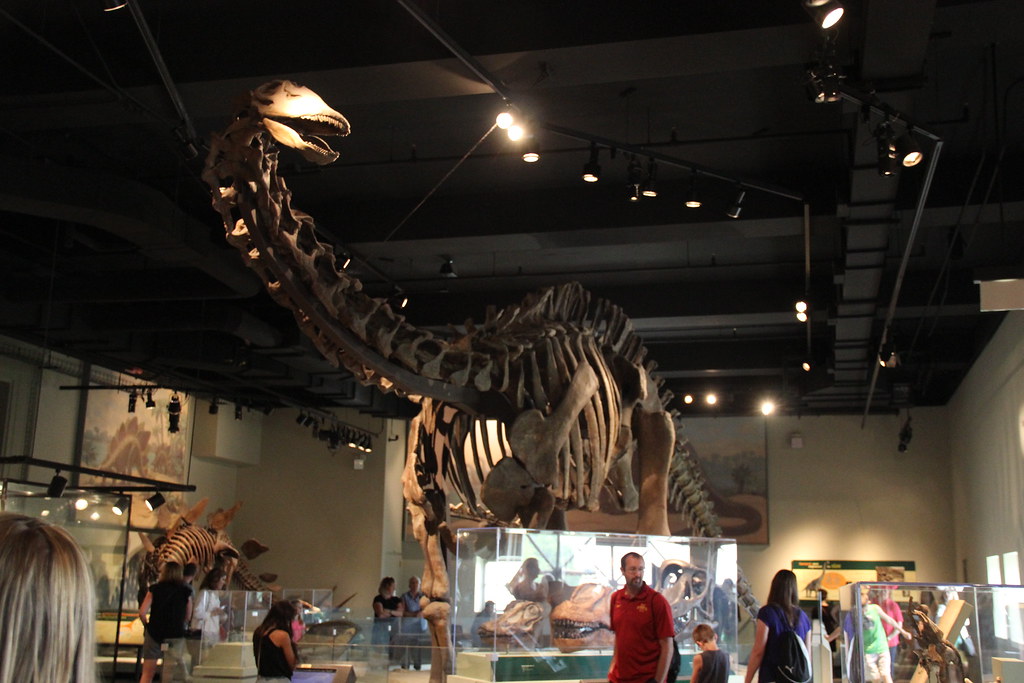
The story begins in 1877 when Othniel Charles Marsh discovered a partial skeleton of a long-necked dinosaur he called Apatosaurus. It was missing a skull, so in 1883 when Marsh published a reconstruction, he used the head of another dinosaur to complete the skeleton. Two years later in 1879, his fossil collectors sent him what he thought was a completely different dinosaur, which he named Brontosaurus.
The name stuck partly because it was given during the Bone Wars, a period that fueled intense public interest in dinosaur discoveries. Scientifically speaking, there’s no such thing as a Brontosaurus, though the mistake was spotted by scientists by 1903.
Spinosaurus: The Aquatic Dinosaur Debate
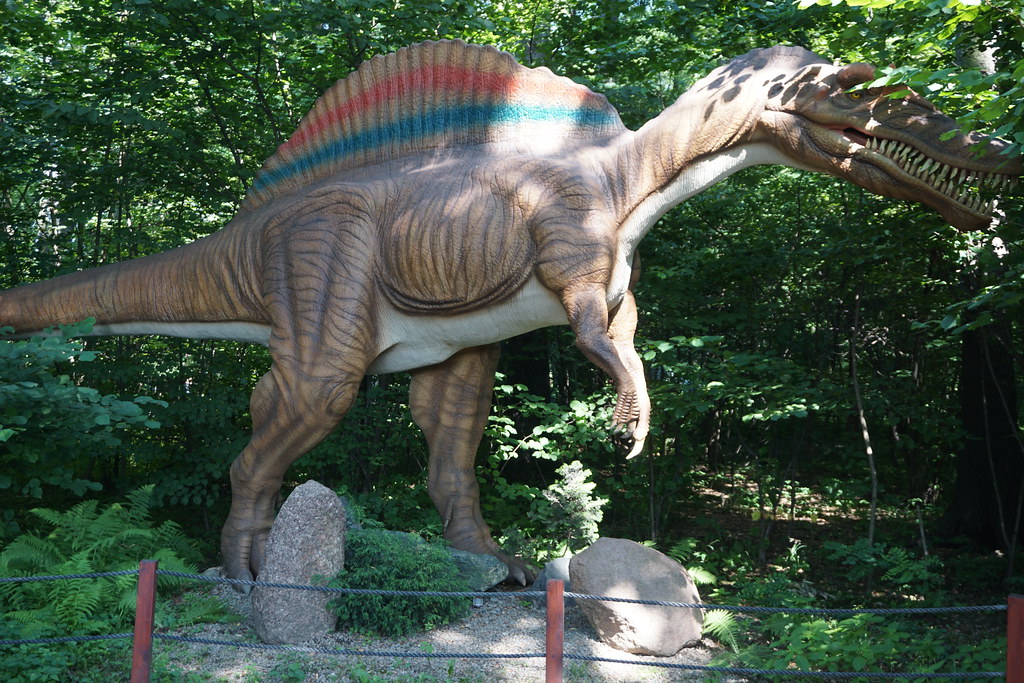
A 2014 paper by Ibrahim and colleagues revived the possibility of a quadrupedal Spinosaurus, finding that the hind limbs were much shorter than previously believed and that its center of mass was located in the midpoint of the torso region. It was therefore proposed that Spinosaurus was poorly adapted for bipedal terrestrial locomotion and must have been an obligate quadruped on land.
The reconstruction used in the study was an extrapolation based on different sized individuals, scaled to what were assumed to be the correct proportions. Paleontologist John Hutchinson expressed skepticism to the new reconstruction and cautioned that using different specimens can result in inaccurate chimaeras. Some scientists suggest the odd proportions in recent Spinosaurus reconstructions may reflect the marrying of mismatched bones to one another.
Iguanodon: From Dragon to Duck-Bill
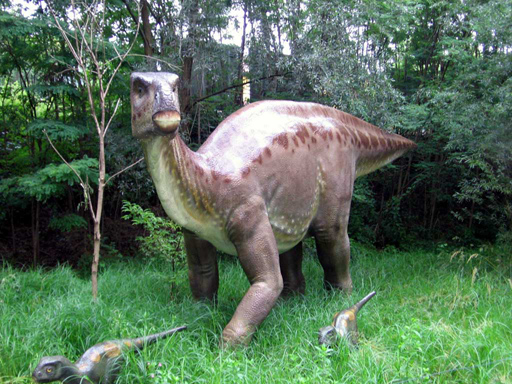
Early reconstructions positioned Iguanodon standing upright in a kangaroo-like pose. However, we now know that this dinosaur walked on all fours. The animal’s spine would have been horizontal and the tail would have lifted off the ground. Modern reconstructions are also much slimmer and lack the big throat pouch.
Among the mistakes, the animal was thought to walk on all fours though it turned out to be a biped, and had a horn on its nose when the hornlike bone was actually a spiked thumb. The Iguanodon has since undergone a massive makeover. Scientists basically turned a quadrupedal, rhinoceros-like creature into the bipedal plant-eater we know today.
Megalosaurus: The First Dinosaur Gone
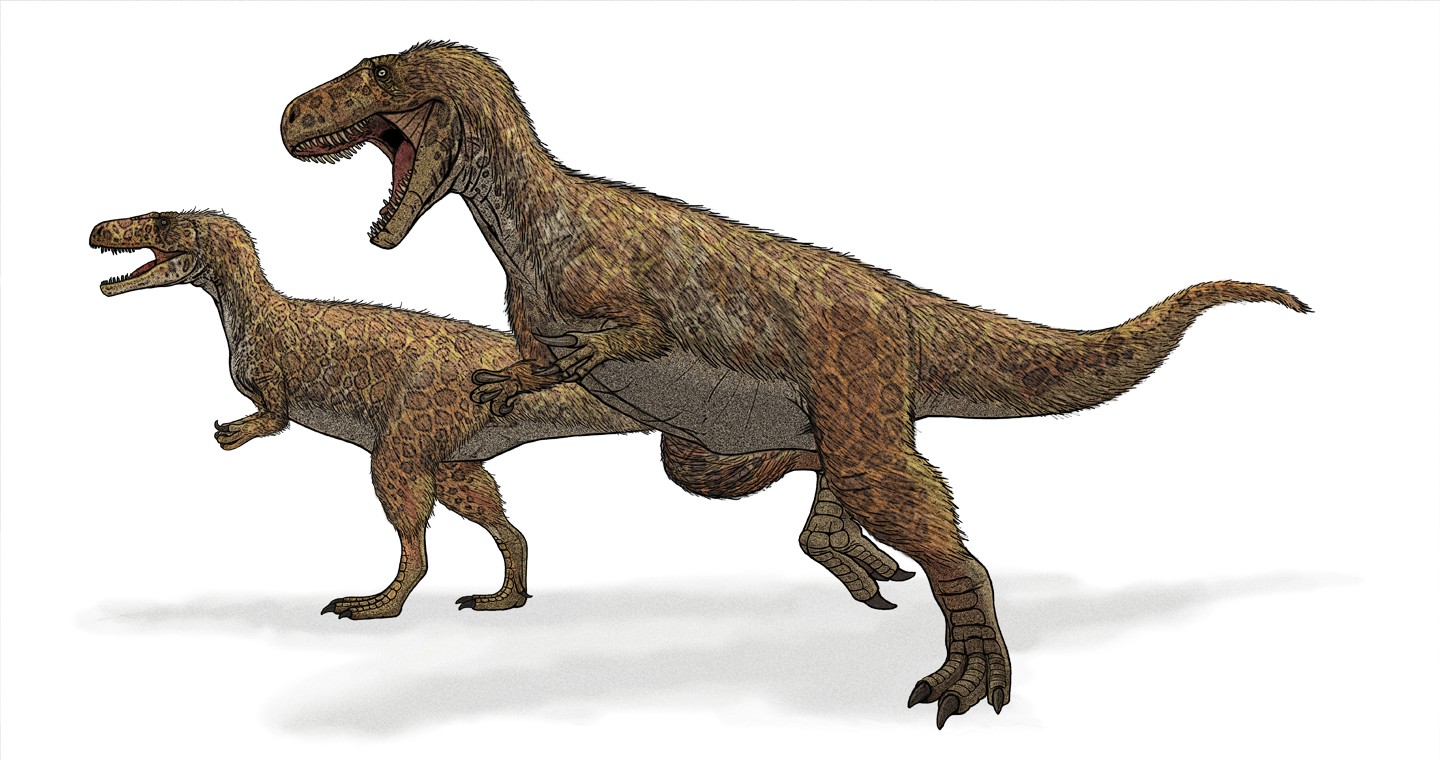
The first named dinosaur fossil was Megalosaurus, and as one can imagine, being the first meant that we had very little idea how dinosaurs were related to today’s animals. Given that the remains were fragmentary at best, it’s understandable how Samuel Goodrich was in his 1857 interpretation of the species.
We now know Megalosaurus didn’t have the head shape or short neck depicted in reconstruction by Neave Parker from about 1960, but it is otherwise a surprisingly modern pose. The challenge of being first in any scientific discovery is that you have no framework for comparison.
Hallucigenia: The Upside-Down Nightmare
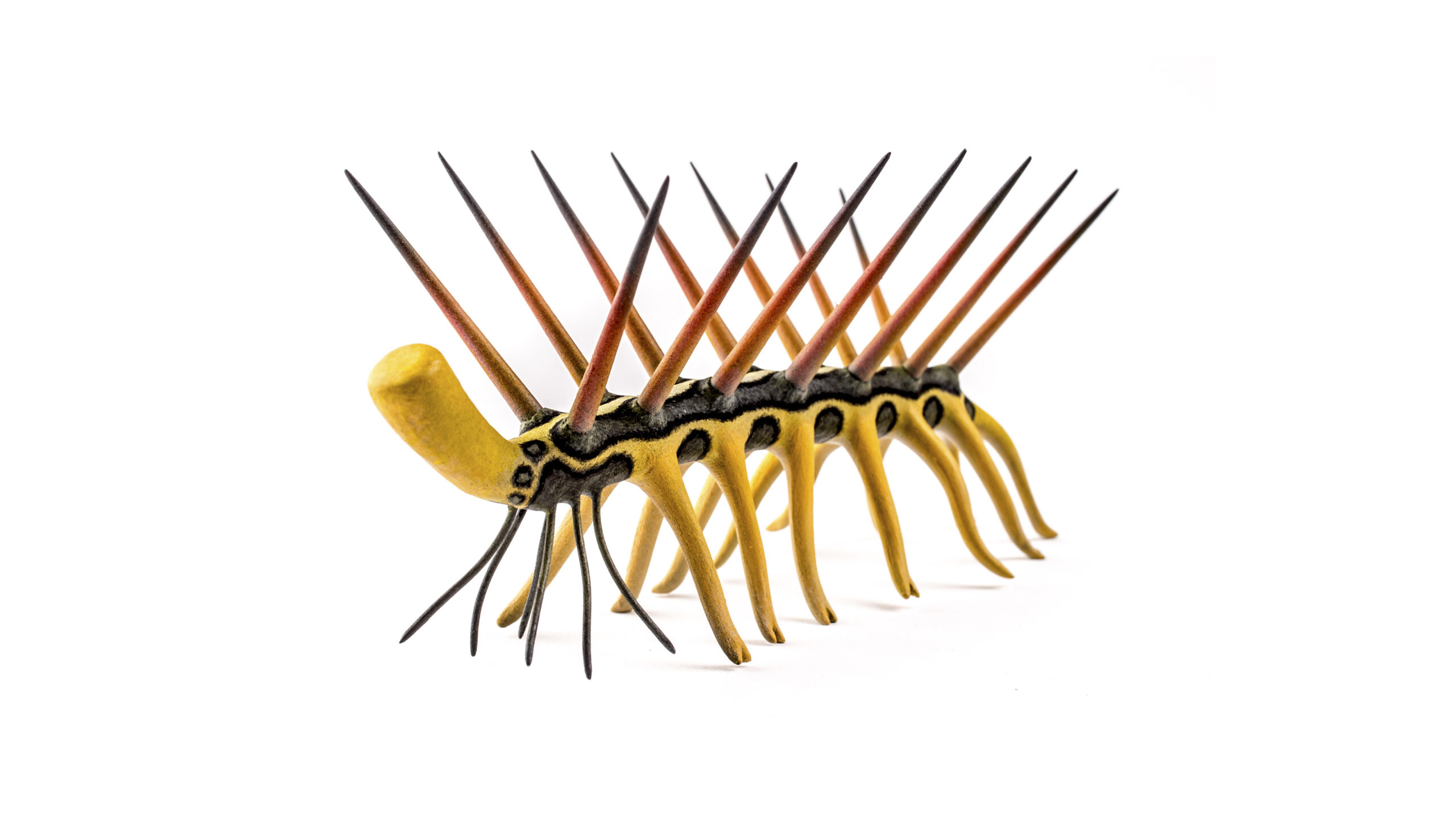
Hallucigenia was so named because it looked like a hallucination. It had at least seven pairs of rigid spikes on its back, seven pairs of weirdly floppy ‘legs’, and what appeared to be a large, bulbous head at one end. Many fossils were discovered without this head, which baffled scientists. Why were so many Hallucigenia getting decapitated?
Then, a re-examination of the fossil revealed something really quite funny: teeth. And eyes. On the end we thought was its butt. Scientists had literally been reconstructing this creature completely upside down and backwards for years. Talk about an embarrassing moment in paleontology.
Conclusion
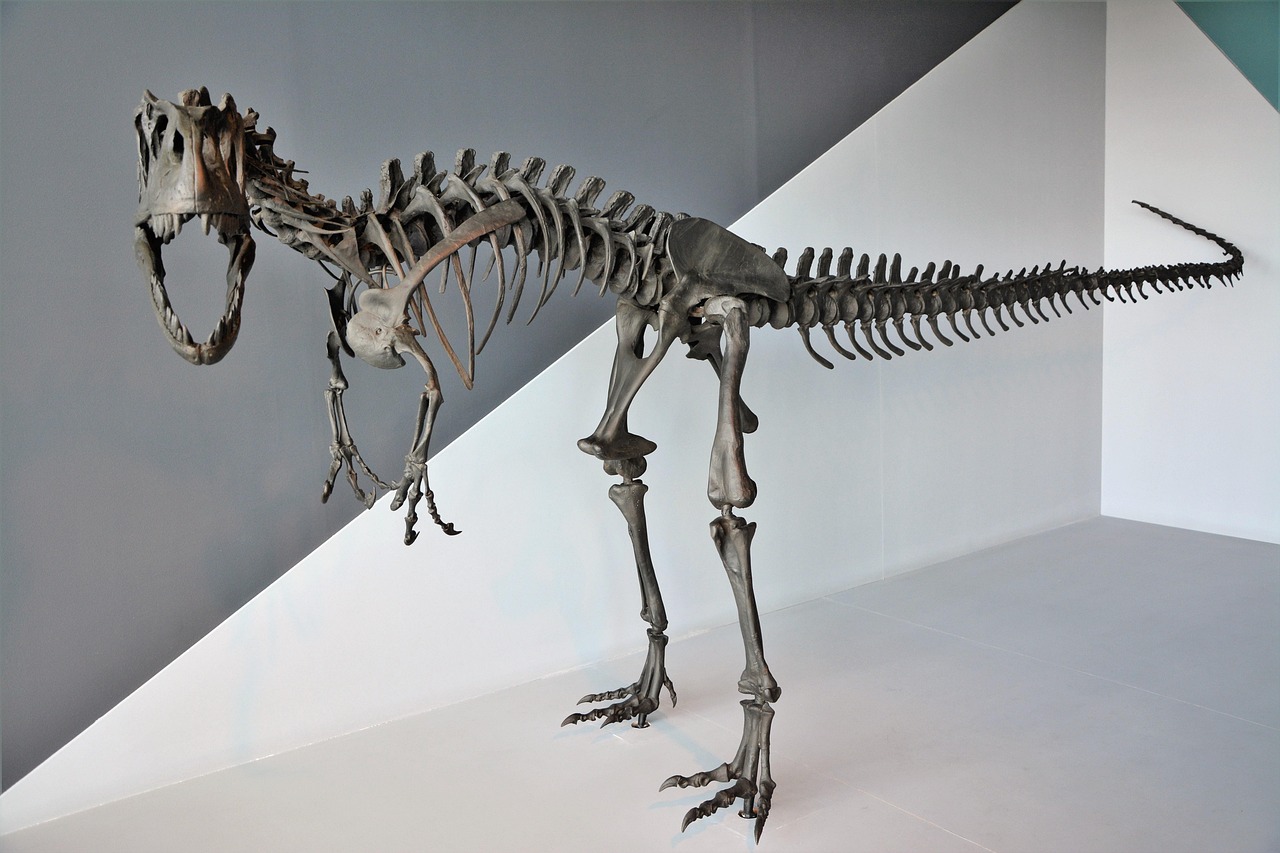
These reconstruction failures teach us something important about science: it’s not about being right the first time, but about being willing to admit mistakes and improve. As our scientific knowledge of the biology, morphology and behavior of these dinosaurs has increased, their perceived appearance has changed.
The next time you see a dinosaur reconstruction in a museum or book, remember that it represents our best current understanding. Tomorrow, new fossils might completely change everything we think we know. What do you think we’re getting about dinosaurs today that future scientists will laugh about?



